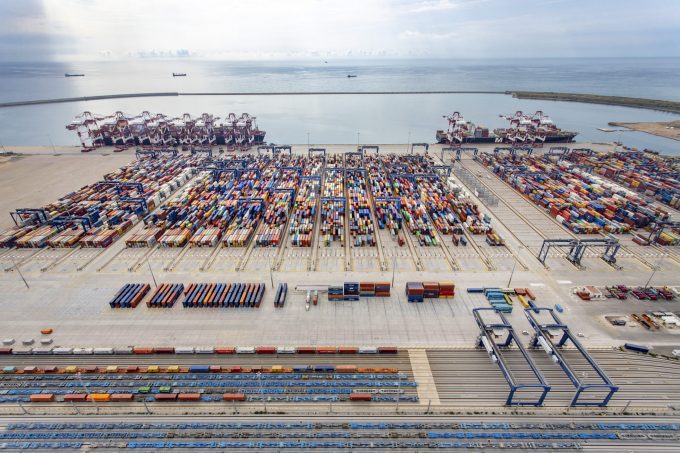HMM reports 500% rise in operating profit, and eyes fleet and route expansion
South Korean container line HMM is yet another major carrier to enjoy a bumper 2024, ...

With the Red Sea crisis continuing to perpetuate congestion across key container hubs in the West Mediterranean, a planned greenfield port in Morocco could become one of the most hotly contested port concessions in recent history.
Utilisation levels at the larger West Mediterranean container terminals have continued to climb over the past fortnight, as large volumes of ex-Asia shipments destined for the East Mediterranean have been transhipped.
The rerouting of vessels around the Cape of Good Hope has effectively cut off ports ...
The shape of Asia-Europe shipping capacity as the new alliances bed in
DSV agenda reveals it's eyeing more M&A – and pay rises for directors
Congestion at Vancouver worsens – but it's not all the port's fault
'Clear winners and losers' as global supply chains are rebalanced
Price war as carriers compete for cargo driving down container spot rates
Rough seas drive powerless MSC box ship aground on Canadian coast
India's customs duty cut opens the road for Tesla imports
Ocean carriers hold contract rates 'at a decent level', as spots tumble

Comment on this article